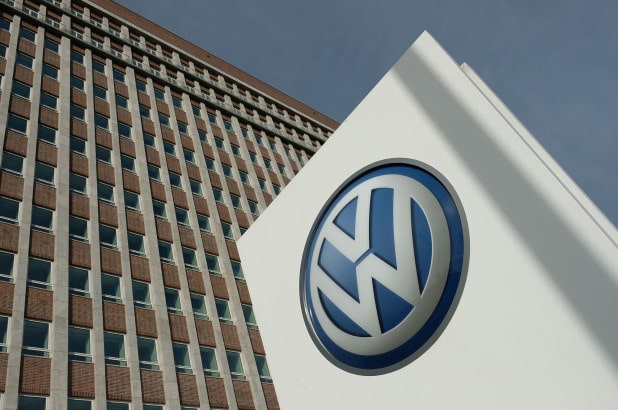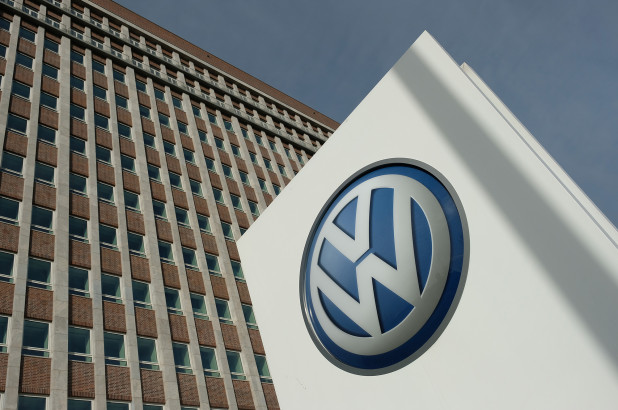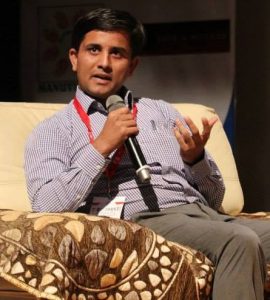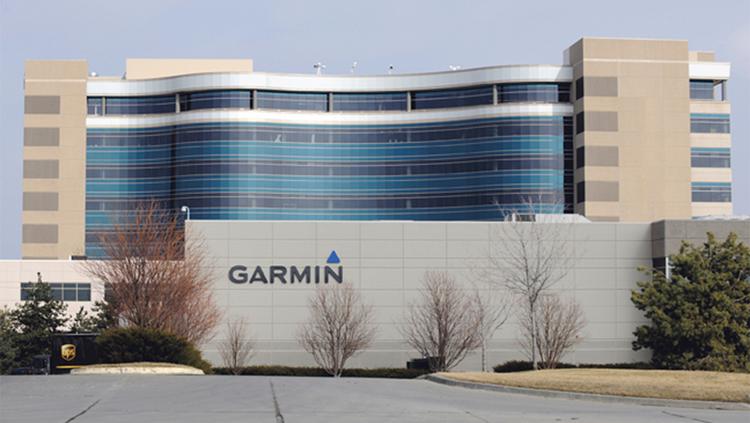Ritesh Agarwal : A 23-years Millionaire Who Founded Oyo Rooms
Ritesh Agarwal, founder and CEO of OYO Rooms, has become a significant figure in the entrepreneurial world, after his gargantuan success. It is quite commendable for an eighteen-year-old to start a business oh his own, and make it worth millions over a span of six years.
Early life and career
Born into a small town, called Bissamcuttack of southern Odisha, Agarwal belonged to a middle-class Marwari family. He was born on 16th December 1993 and resided with his parents, until he decided to establish a business of his own. Unlike the typical Marwari families, Ritesh’s family wasn’t financially predominant, but they always supported his dreams and trusted him. From a very tender age, Agarwal had a keen interest in software and coding. He started learning beyond the limited syllabus of school and delved deeper into computer languages. At an early age of eight, he started learning to code, and by the time he was in his tenth grade, became quite a good programmer. He loved programming and wanted to make his career in it.
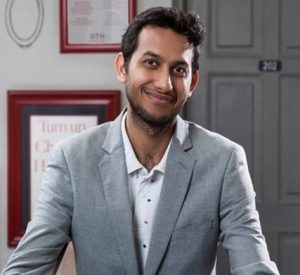
Agarwal did his schooling from Odisha. Later, he moved to Kota to prepare for his IIT entrance exams. So, he was just a common head among the mass, who wanted to pursue engineering. But that never happened. He took admission in the University of London’s India campus. But after just a few days, he went on leave and never came back. He wanted a different life for himself, and the outdated studies at the college could not give him that. As they say, some feathers are too bright to be caged.
He launched a website Oravel Stays, his first start-up at the age of eighteen after he dropped out of college. The website was designed to enable customers to look for budget-friendly accommodations in various places. This was when he realized that there is a great scope of improvement in the hospitality sector and started back-packing across the country to learn and explore more and get accustomed to the realistic scenario. He also sold sim cards during the journey of his immense struggle to meet the financial needs.
After his venture of three months, he stayed in more than a hundred hotels, bed and breakfast homes, and guesthouses. He, finally, whirled from Oravel Stays to OYO Rooms in 2013. Since, he stepped into the real world from the very beginning to gain genuine understandings of how the business on his interested field works and what it lacked, the success of OYO Rooms escalated even more rapidly than Oravel Stays. He was also the first Indian to be chosen for Thiel Fellowship and was granted $100,000, as he was under twenty and a college dropout. Agarwal, in one of his interviews in 2015, said that OYO is the abbreviated form for ‘On Your Own’.
The success story of Ritesh Agarwal and OYO Rooms
OYO Rooms was founded in 2013 and turned out to be the country’s largest hospitality company. The company has its headquarters in Gurgaon, Haryana. Soon after the establishment of the company, the business expanded exponentially not only among various cities of India but also across Asia and Europe. OYO has also grown firm roots in China, Malaysia, Nepal, Japan, Indonesia, the United Arab Emirates, the Philippines, Saudi Arabia and the United Kingdom.
In May 2014, the company raised $650,000, followed by raising $24 million in an investment round led by Greenoaks Capital in March 2015. Companies like Lightspeed Venture Partner, Sequoia Capital and DSG Consumer partners also participated in the round. In 2015, another round of $100 million was raised by the company from Softbank Group.
In August 2016, the company raised $90 million from Softbank Group, Innoven Capital and other investors. This gives a clear picture of the growth trajectory of the company since it was formed.
In September 2017, OYO closed a $250 million round of funding, which was led by a new investor Hero Enterprise along with Softbank. By this time, the value of the company had reached around $850 million-$900 million, changing the face value of this Indian company across the globe. In the same year, OYO launched OYO Home to manage short-term rentals in more than 10-holiday destinations of India, and in the very next year, it launched its first international OYO Home in Dubai.
In September 2018, the company raised $1 billion, where most of the funding was led by the already existing investor Softbank Group’s Softbank Vision Fund, where participation of Lightspeed Venture Partner, Sequoia Capital and Greenoaks Capital was witnessed. The company also received a funding of $200 million from an investor the company denied to reveal the name. After this deal, the company’s value was $5 billion giving it an unexpected leap.
In May 2019, OYO announced that it would acquire a rental business (Leisure Group) based at Amsterdam.
Currently, OYO has a network of 2,200 hotels in more than 154 of India. The current CEO of OYO is Aditya Ghosh, and there the company has around 1500 employees working in various sectors to spread across the entire world to provide the best shelters to the travellers even at offbeat destinations.

Annasha Dey is an NIT student, who apart from studying engineering is also a content writer. She has a great interest in photography, writing, reading novels, and travelling as well. She is a foodie who loves socializing and hanging out with her friends. She is also a trained Kathak dancer and a big fashion enthusiast. Dey also loves watching TV series, which includes F.R.I.E.N.D.S. and Big Bang Theory. To be a better writer she prefers to read more




